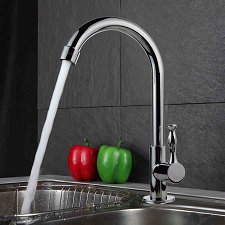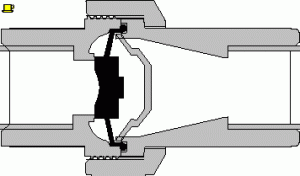The Pressure Testing Methods for Plug Valve

Plug Valve Mechanism:
A plug valve is a kind of sanitary valve that uses holed plug as its opening and closing member. The plug rotates with the valve stem to achieve the opening and closing movements.
The plug valve uses a mechanism that rotates between the open and closed positions and protects both seals from the flow path. During rotation, there is no contact between the body and seals, and slips expand onto the body seat when the valve is closed to avoid causing any wear or abrasion to the seals.
The use of plug valve:
Plug valves are best suited for shutting off and connecting the medium as well as for shunting. However, according to the applicable properties and the erosion-resistance of the sealing surface, it can sometimes also be used for throttling.
Plug valve is widely used in oil field mining, transportation, and refining equipment, as well as in petrochemicals, chemicals, gas, natural gas, liquefied petroleum gas, HVAC industry, and general industry.
A plug valve is also suitable for the delivery of liquid containing suspended solids and particles. A straight-through plug valve with insulation measures can transmit materials containing crystals.
Pressure testing method for plug valve:
When the plug valve undergoes a strength test, the medium is introduced from one end, and the other remaining access is closed. Turn the plug to various positions for testing. If there’s no leakage at the valve body, it is considered qualified.
For the sealing performance test, the pressure inside the chamber and on the channel should be kept equal. Turn the plug to the closing position. Check from the other end. Then rotate the plug for 180 degrees and repeat the above steps. For a three-way or four-way plug valve, the pressure inside the cavity should be kept equal to the pressure on the end of the channel. Turn the plug to the closing position. Pressure is introduced from the right angle end. And check simultaneously from other ends.
Conclusion
Before the test, it is allowed to apply a layer of non-acidic thin lubricant on the sealing surface of the plug valve. Within a specified period of time, if there is no leakage or enlarged water droplets, it is considered qualified. The test time of the plug valve can be short. According to the nominal diameter, usually, it takes one to three minutes. The plug valve for gas should undergo an airtightness test at 1.25 times the operating pressure.
Thank you for reading our article and we hope it can help you better understand the pressure testing methods for plug valves. If you want to learn more about plug valves, we would like to advise you to visit Adamant Valve homepage for more information.





